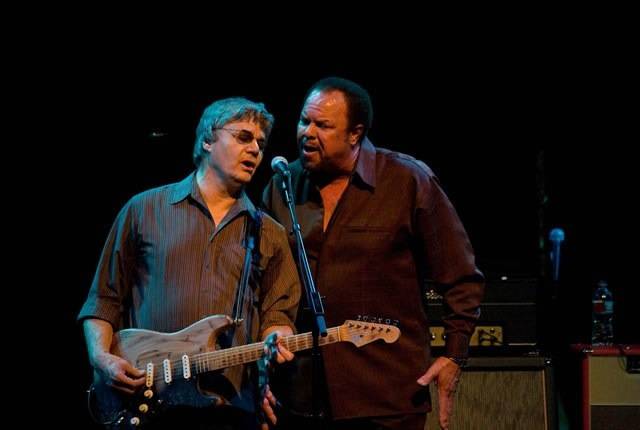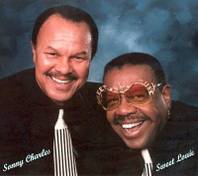First Draft of My Life as A Naked Car Thief Completed
 It has been a long slog that began a long time ago for research, and nearly full time writing around a year ago. I’ve written enough words for two and a half books but I have finally completed the first draft of My Life as A Naked Car Thief. I must admit there are a couple of caveats: there are some unfinished chapters related to playing the Crown Room at the International Hotel while Elvis was in the main room. I am so pleased that Jim and Jan Seagrave are dipping into their vast resources to try and help me find the correct dates. And there is a slight hiccup with our Caesars Palace dates, which are minimal. It has been surprising to me the dearth of information about the Las Vegas of our era.
It has been a long slog that began a long time ago for research, and nearly full time writing around a year ago. I’ve written enough words for two and a half books but I have finally completed the first draft of My Life as A Naked Car Thief. I must admit there are a couple of caveats: there are some unfinished chapters related to playing the Crown Room at the International Hotel while Elvis was in the main room. I am so pleased that Jim and Jan Seagrave are dipping into their vast resources to try and help me find the correct dates. And there is a slight hiccup with our Caesars Palace dates, which are minimal. It has been surprising to me the dearth of information about the Las Vegas of our era.
The final four chapters actually got written simultaneously for the most part; and there are some rough parts but it all works. The most exciting thing to me, something you just really can’t know until you finish a draft, is that there is a very real story of some pretty ordinary guys, okay I’ll just speak for myself here, an ordinary guy, since there was a lot of talent around me, from the Midwest who fell through the rabbit hole of the sixties and landed in San Francisco where they formed a band that lasted for a lot of years. My fear now is not about the story, it’s only in my own ability to do it justice. Though it is set in the drug-laced and culture-shifting sixties and the music and entertainment business of California, Las Vegas, and Honolulu, it’s mainly about people and how they struggle to survive and flourish, and fail and succeed, in such a maelstrom. It’s about a journey of time and place but also of growth, from callow youth to maturity. It’s about love and loss and living when you’re not sure you can. About realizing that what you get is sometimes worth more than what you want.
I may have to take a small break to get my breath back, I was pounding out many, many pages a week during the last couple of months as I sensed the finish line, but I’m looking forward to diving into the next, the really hard phase, shaping the second draft of these words into a readable story. I want to thank everyone, really everyone, that I have come in contact with during the process who have been so supportive, positive, and helpful in getting me this far. I’d just like to point out a few, my wife, Laurie, Christine and my brother writers from the Coffee House Writers Group, the band mates and wives I’ve been in touch with and some I haven’t, and the tens of people who I’ve contacted for research information. And, of course, the tubes of the World Wide InterWeb. It’s been a great to have so much help.





